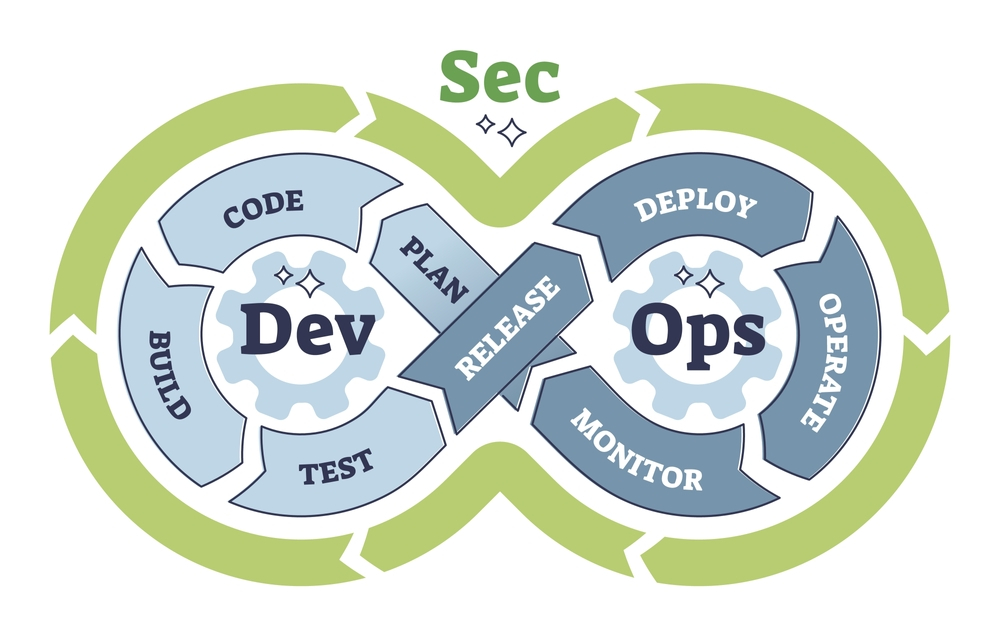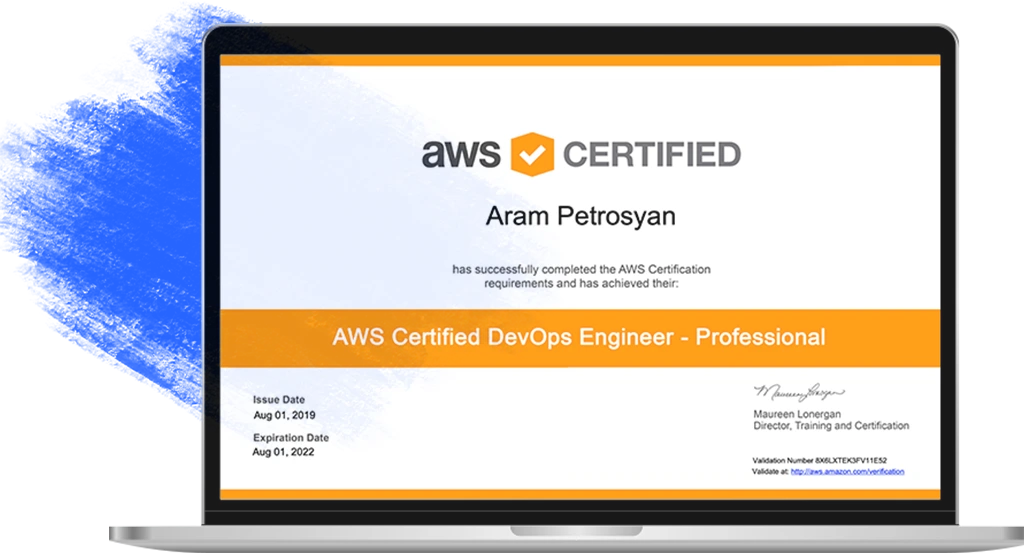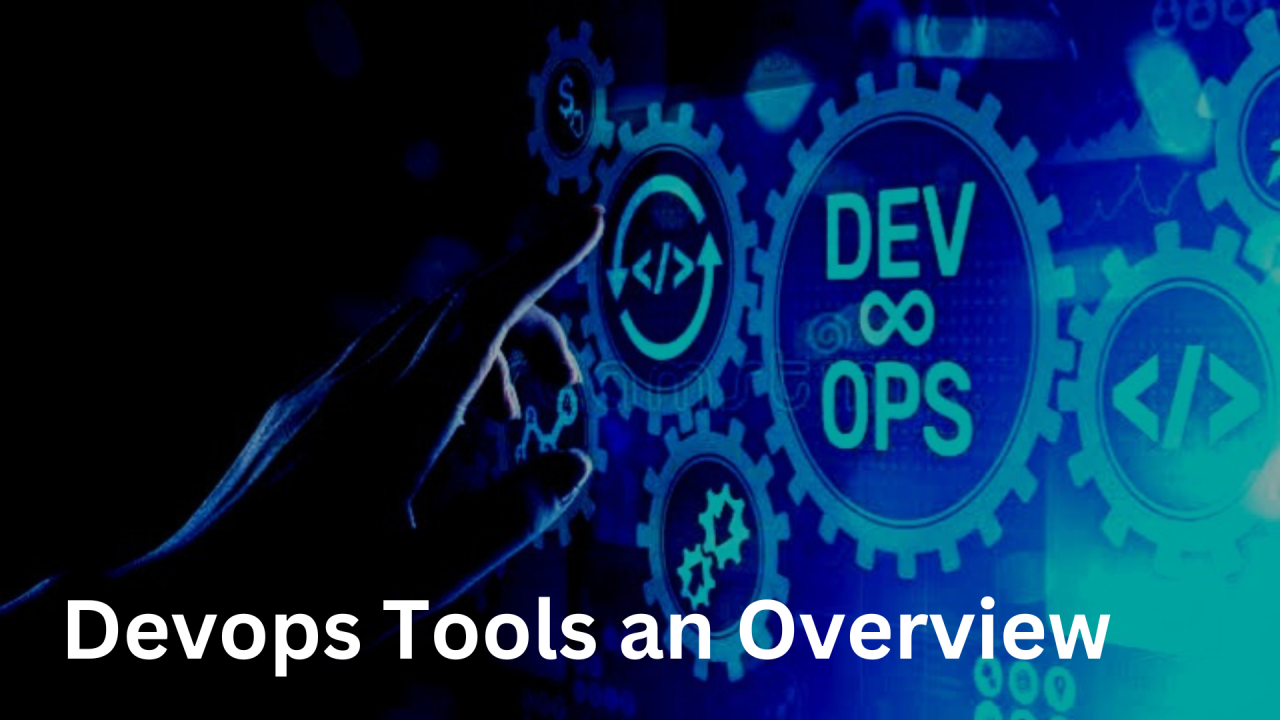“Streamlining Success: Navigating the Complexities of DevOps in Large Enterprises.”
Introduction
Overcoming the challenges of DevOps implementation in large enterprises is a critical endeavor that can significantly enhance operational efficiency, accelerate software delivery, and improve collaboration between development and operations teams. As organizations strive to adopt DevOps practices, they often encounter obstacles such as cultural resistance, legacy systems, and complex organizational structures. Addressing these challenges requires a strategic approach that includes fostering a collaborative culture, investing in automation tools, and ensuring alignment between business objectives and IT initiatives. By navigating these hurdles effectively, large enterprises can unlock the full potential of DevOps, driving innovation and maintaining a competitive edge in an increasingly digital landscape.
Cultural Shifts: Fostering Collaboration Between Development and Operations Teams
In the realm of large enterprises, the implementation of DevOps is often met with a myriad of challenges, one of the most significant being the cultural shift required to foster collaboration between development and operations teams. Traditionally, these two groups have operated in silos, each with its own objectives, metrics, and workflows. This separation can lead to misunderstandings, inefficiencies, and ultimately, a lack of alignment in achieving the organization’s goals. Therefore, addressing the cultural barriers that hinder collaboration is essential for successful DevOps implementation.
To begin with, it is crucial to recognize that the transition to a DevOps culture is not merely a change in processes or tools; it is fundamentally about changing mindsets. This shift requires a commitment from leadership to promote a culture of shared responsibility and mutual respect. By encouraging open communication and collaboration, leaders can help dismantle the barriers that have historically divided development and operations teams. For instance, regular joint meetings and collaborative planning sessions can serve as platforms for both teams to voice their concerns, share insights, and align their objectives. Such initiatives not only enhance understanding but also foster a sense of camaraderie, which is vital for a cohesive working environment.
Moreover, it is important to establish common goals that transcend departmental boundaries. When development and operations teams work towards shared objectives, they are more likely to appreciate each other’s contributions and challenges. This alignment can be achieved through the adoption of key performance indicators (KPIs) that reflect the success of the entire team rather than individual departments. By focusing on metrics that emphasize overall system performance, such as deployment frequency, lead time for changes, and mean time to recovery, organizations can cultivate a sense of collective ownership over the software delivery process.
In addition to redefining goals, organizations must also invest in training and development to equip both teams with the necessary skills and knowledge to collaborate effectively. Cross-training initiatives can be particularly beneficial, as they allow team members to gain insights into each other’s roles and responsibilities. For example, developers can learn about operational challenges, while operations personnel can gain a deeper understanding of the development lifecycle. This mutual education not only enhances empathy but also empowers team members to contribute more effectively to the overall process.
Furthermore, embracing a culture of experimentation and learning is essential for overcoming resistance to change. In a traditional environment, fear of failure can stifle innovation and discourage collaboration. However, by promoting a mindset that values experimentation and views failures as learning opportunities, organizations can create an environment where teams feel safe to take risks and explore new ideas. This approach encourages continuous improvement and fosters a culture where both development and operations teams are motivated to work together towards common goals.
Ultimately, the journey towards a successful DevOps implementation in large enterprises hinges on the ability to foster collaboration between development and operations teams. By prioritizing cultural shifts that promote open communication, shared goals, cross-training, and a learning-oriented mindset, organizations can break down the silos that have long hindered their progress. As these teams begin to work in harmony, they will not only enhance their efficiency and effectiveness but also contribute to a more agile and responsive organization capable of thriving in today’s fast-paced digital landscape. In this way, the challenges of DevOps implementation can be transformed into opportunities for growth and innovation.
Tool Integration: Streamlining Processes for Enhanced Efficiency
In the realm of DevOps implementation, particularly within large enterprises, the integration of tools plays a pivotal role in streamlining processes and enhancing overall efficiency. As organizations strive to adopt a DevOps culture, they often encounter a myriad of challenges, one of the most significant being the seamless integration of various tools across different teams and departments. This integration is not merely a technical necessity; it is a strategic imperative that can determine the success or failure of the DevOps initiative.
To begin with, the diversity of tools available in the market can be both a blessing and a curse. While a wide array of options allows organizations to select tools that best fit their specific needs, it can also lead to fragmentation. Different teams may choose disparate tools for similar functions, resulting in silos that hinder collaboration and communication. Consequently, it becomes essential for enterprises to establish a standardized set of tools that can be integrated effectively across the organization. This standardization not only simplifies the toolchain but also fosters a unified approach to development and operations, thereby enhancing efficiency.
Moreover, the integration of tools must be approached with a clear understanding of the workflows and processes that exist within the organization. By mapping out these workflows, enterprises can identify the points where integration is most critical. For instance, the handoff between development and operations teams is often fraught with delays and miscommunication. By implementing tools that facilitate continuous integration and continuous delivery (CI/CD), organizations can automate these handoffs, reducing the time it takes to move code from development to production. This automation not only accelerates the delivery process but also minimizes the risk of human error, which is a common pitfall in manual processes.
In addition to automation, the importance of real-time monitoring and feedback cannot be overstated. Integrating monitoring tools into the DevOps pipeline allows teams to gain immediate insights into the performance of applications and infrastructure. This real-time data enables organizations to respond swiftly to issues, thereby reducing downtime and improving user satisfaction. Furthermore, by fostering a culture of continuous feedback, teams can iterate on their processes and tools, ensuring that they remain aligned with the evolving needs of the business.
Transitioning to a DevOps model also necessitates a cultural shift within the organization. As teams begin to adopt integrated tools, it is crucial to promote collaboration and communication among them. This cultural change can be supported by implementing cross-functional teams that bring together members from development, operations, and other relevant departments. By working together, these teams can share knowledge and best practices, ultimately leading to more effective tool integration and process optimization.
However, it is important to recognize that tool integration is not a one-time effort but rather an ongoing process. As technology evolves and new tools emerge, organizations must remain agile and willing to adapt their toolchains accordingly. This adaptability ensures that enterprises can leverage the latest advancements in technology to further enhance their efficiency and effectiveness.
In conclusion, overcoming the challenges of tool integration in DevOps implementation requires a strategic approach that encompasses standardization, automation, real-time monitoring, and cultural transformation. By focusing on these key areas, large enterprises can streamline their processes, foster collaboration, and ultimately achieve the enhanced efficiency that is the hallmark of a successful DevOps initiative. As organizations continue to navigate the complexities of digital transformation, the integration of tools will remain a critical factor in their journey toward operational excellence.
Scaling Practices: Adapting DevOps Strategies for Large-Scale Environments
Implementing DevOps in large enterprises presents a unique set of challenges that require careful consideration and strategic adaptation of practices. As organizations strive to enhance collaboration between development and operations teams, the complexity of scaling these practices becomes evident. One of the primary hurdles is the need to align diverse teams with varying objectives and workflows. In large enterprises, departments often operate in silos, leading to communication breakdowns and inefficiencies. To overcome this, it is essential to foster a culture of collaboration that transcends departmental boundaries. This can be achieved by establishing cross-functional teams that include members from development, operations, quality assurance, and security. By integrating these roles, organizations can create a shared understanding of goals and responsibilities, ultimately streamlining processes and enhancing productivity.
Moreover, the adoption of standardized tools and practices is crucial for scaling DevOps in large environments. With numerous teams working on different projects, inconsistencies in tools and methodologies can lead to confusion and hinder progress. Therefore, organizations should invest in a robust set of tools that facilitate automation, continuous integration, and continuous delivery. By standardizing these tools across teams, enterprises can ensure that everyone is on the same page, which not only improves efficiency but also simplifies onboarding for new team members. Additionally, leveraging cloud-based solutions can provide the necessary scalability and flexibility, allowing teams to adapt quickly to changing demands without the burden of managing extensive on-premises infrastructure.
As organizations scale their DevOps practices, they must also address the challenge of maintaining security and compliance. In large enterprises, the complexity of regulatory requirements can be daunting, and integrating security into the DevOps pipeline is essential. This approach, often referred to as DevSecOps, emphasizes the importance of incorporating security measures at every stage of the development lifecycle. By automating security checks and fostering a security-first mindset among all team members, organizations can mitigate risks while maintaining the agility that DevOps aims to achieve. Furthermore, continuous monitoring and feedback loops are vital in identifying vulnerabilities early in the process, allowing teams to respond swiftly and effectively.
Another significant aspect of scaling DevOps practices is the need for effective change management. Large enterprises often have established processes that can be resistant to change, making it imperative to approach the implementation of DevOps with a clear strategy. This involves not only communicating the benefits of DevOps to all stakeholders but also providing training and support to ease the transition. By engaging employees at all levels and addressing their concerns, organizations can cultivate a sense of ownership and commitment to the new practices. Additionally, celebrating early successes can help build momentum and encourage further adoption across the enterprise.
Finally, measuring the success of DevOps implementation is critical for continuous improvement. In large-scale environments, organizations should establish key performance indicators (KPIs) that align with their specific goals. These metrics can provide valuable insights into the effectiveness of DevOps practices and highlight areas for enhancement. By regularly reviewing these KPIs, enterprises can make informed decisions about resource allocation and process adjustments, ensuring that their DevOps journey remains aligned with business objectives.
In conclusion, scaling DevOps practices in large enterprises requires a multifaceted approach that emphasizes collaboration, standardization, security, change management, and continuous measurement. By addressing these challenges head-on, organizations can successfully navigate the complexities of DevOps implementation and unlock the full potential of their development and operations teams.
Conclusion
Overcoming the challenges of DevOps implementation in large enterprises requires a strategic approach that includes fostering a culture of collaboration, investing in the right tools and technologies, ensuring effective communication across teams, and providing ongoing training and support. By addressing organizational silos, aligning goals between development and operations, and embracing automation, enterprises can enhance efficiency, reduce time-to-market, and improve overall product quality. Ultimately, successful DevOps implementation leads to a more agile and responsive organization, capable of adapting to changing market demands and driving innovation.





